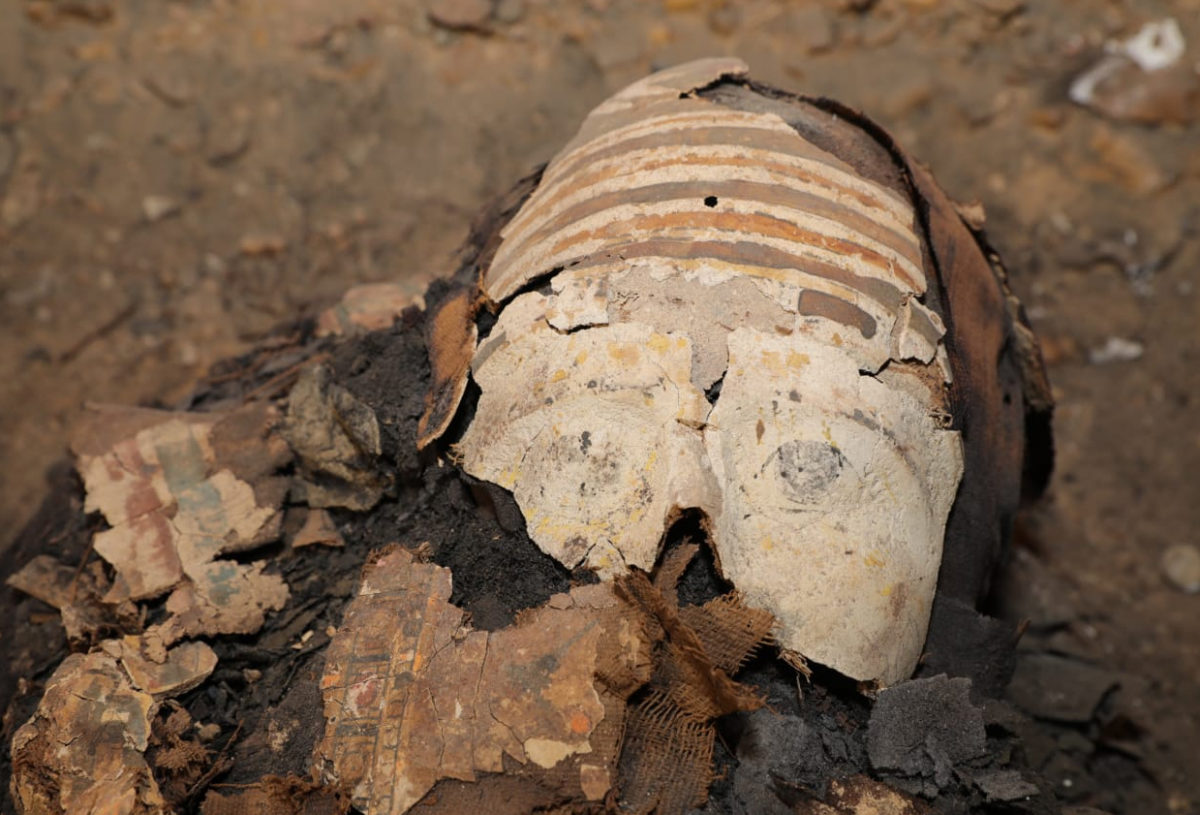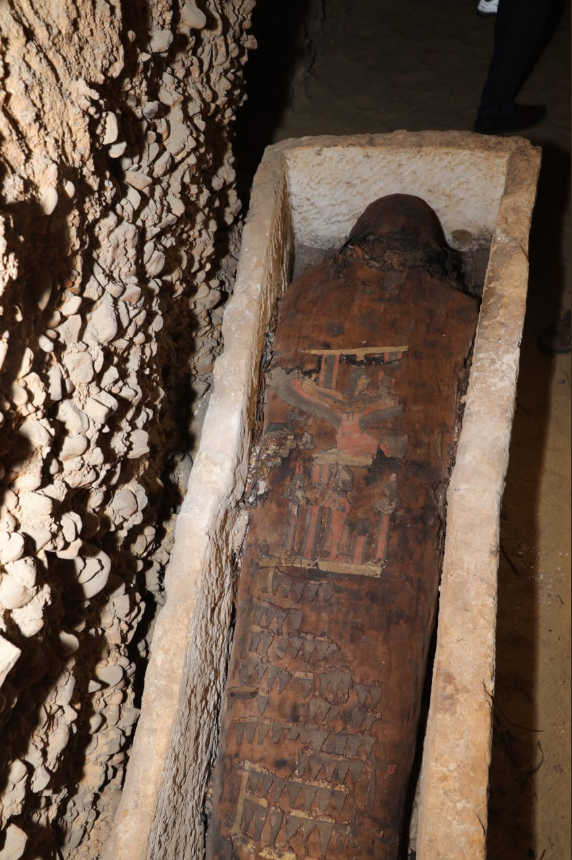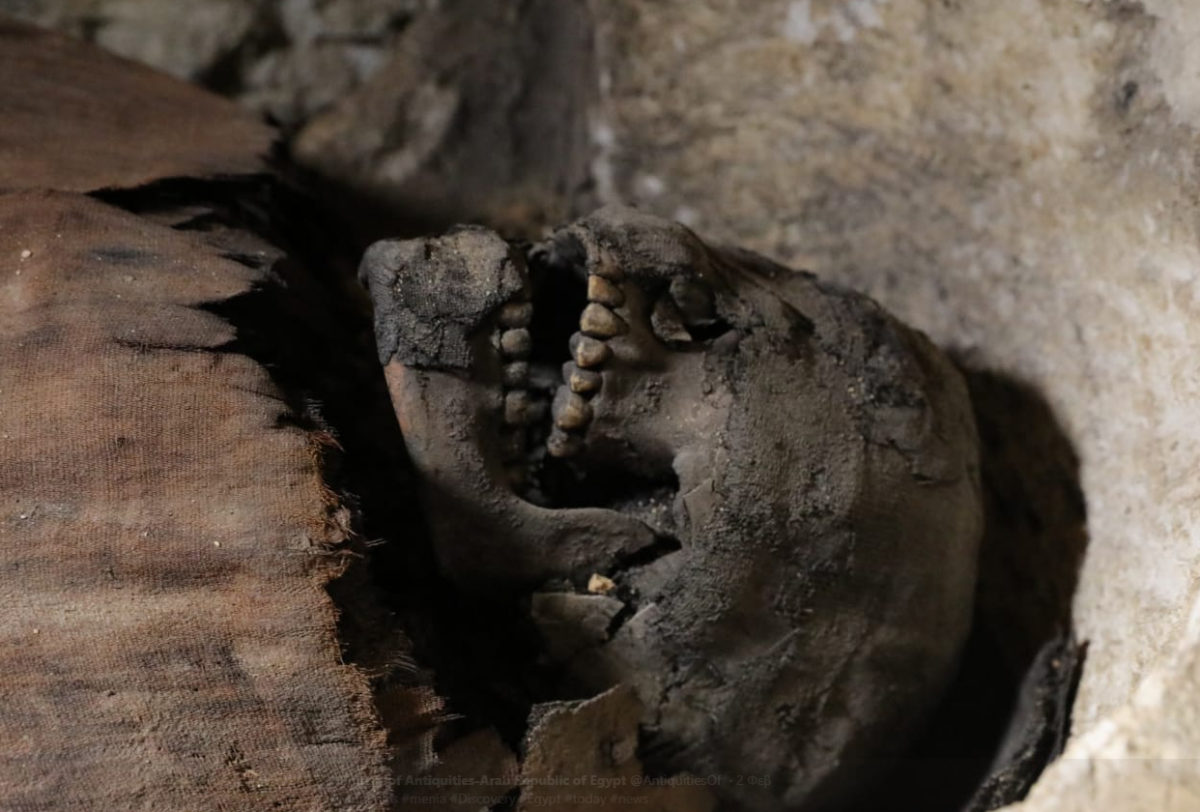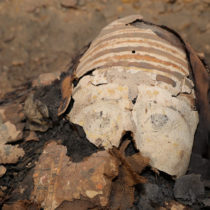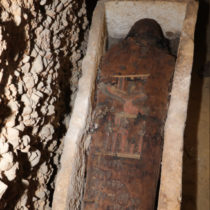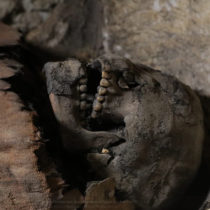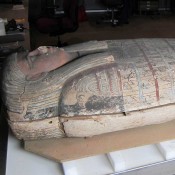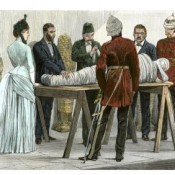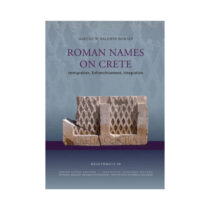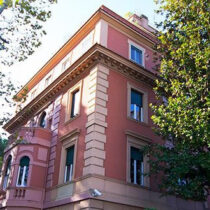Minister of Antiquities Dr.Khaled El-Enany announced on Saturday the first discovery of year 2019 from Tuna El-Gebel archaeological site in Menia.
A joint mission from the Ministry of Antiquities and the Research Centre for Archaeological Studies of Menia University has found a collection of Ptolemaic burial chambers engraved in rock and filled with a large number of mummies of different sizes and genders.
The newly discovered tombs probably belonged to a family from the elite middle class.
The grave consists of a number of burial chambers containing a large number of human mummies of different genders and age.
All mummies are in a good preservation state. Among them mummies of children were found wrapped in linen. Mummies of men and women were also unearthed and some of its wrappings still bear fragments of its coloured cartonnage covers near their feet.
Fragments of papyri were also contained in the grave. These fragments helped revealing the date of the grave that could go back to the Ptolemaic, the early Roman and Byzantine periods.
Some of them mummies were buried in stone or wooden sarcophagi while others were buried in sand or in the floor of the tombs or inside niches.
Dr.Wagdi Ramadan, Head of the mission, pointed out that the mission
started its work for the first time in Tuna El-Gebel in February 2018 when it discovered a tomb engraved in rock composed of a corridor leading to sloping stairs that opened to a rectangular chamber with a number of burials.
Another chamber was also located at the western side containing mummies and large stone sarcophagi. At the northern side there is a third chamber with a collection of stone sarcophagi inside niches. This is the typical burying style used in Tuna El-Gebel.
Fathi Awad, Director of Tuna Al-Gebel, said that Tuna El-Gebel
archaeological site has several tombs, among which the tomb of
Petosiris, and the sacred animal necropolis, the tomb of Isadora, the
Roman cemetery as well as two frontier reliefs of king
Akhenatun.
